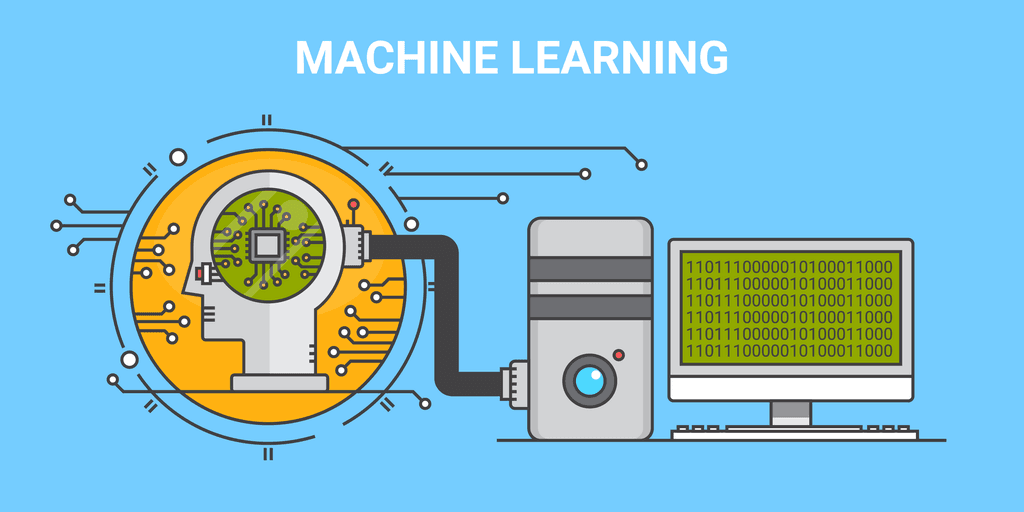- Home
- Blogs
- Loan Management Tips
- The Convergence Of Machine Learning And Big Data In Credit Risk Management
The Convergence of Machine Learning and Big Data In Credit Risk Management
Reviewed by: Fibe Research Team
- Updated on: 26 Dec 2023

Compiled By: Balakrishnan Narayanan
About Bala: He is the head of analytics at Fibe, with over 15 years of extensive experience within the banking and finance industry. At EarlySalary he is responsible for building machine learning and analytical capabilities within the risk, marketing, and customer analytics. For Bala’s passion for solving complex business problems, in 2019, he got listed in the top 100 Data Scientists in Asia at Machinecon, Singapore.
Sources of credit – banks, financial institutions, and more – play a crucial role in sustaining economies and keeping cash flowing in the market. Any miss-assessment – via policies, market trends, etc – not only harms these sources, but their repercussions severely intensify in case of a wide-scale credit blunder. A historical example of such far-reaching chaos is the 2008 housing bubble market crash that traces its origin back to bad credit decisions and flawed lending judgments. The subsequent global financial horrors and the recession period is a trauma from which the market still hasn’t entirely recovered. Therefore it becomes critical for financial institutions to deal in credit whose risk has been adequately assessed.
Primarily, institutions have a credit risk management system in place to check such miscalculations and avoid any high risk involved credit permission. A credit risk management system assesses the risk in granting credit to a customer, whether an individual or a company, based on their credit score, financial standings, and banking history. The efficiency of the credit risk management system in India might have saved us from a fiasco like the aforementioned 2008 crash, but like every other system and entity, credit risk management is also an area open to upgrades. Tech developments like Big data and Machine Learning (ML) have brought much-needed advancements in the field of credit risk management systems. These aren’t new paradigms, despite their recent terminology. Even as early as 2014, 45% of bankers found data analytics to be useful in preventing fraud and non-repayment.
Now, more than half a decade later – how has our hold on data evolved? The answer lies in taking a deeper dive into big data and machine learning.
Big Data
We are now, more than ever, living in an age of data. Each and every activity of ours, whether in the real world or the digital realm, contribute to the formulation of our personal data. Compound this for each and every individual and you generate humongous stockpiles that are beyond the capacity of regular, or even moderately advanced data-processing tools. The field of big data comes to our rescue here, with capabilities in processing and analyzing the massive amounts of data we generate. Its incorporation in credit risk management has opened an infinite supply of crucial insights that goes beyond the general banking and assets related information. This helps in improving the credit risk management assessment.
- With additional data, like an individual’s payment behavior, interaction with other financial portals, and their projection of financial endowment on social media, we’re assisted in assessing their credibility and crafting better interest rates. For example – does this person often splurge on items unusually expensive for their income level? Do they follow betting pages on their social media? There is data to generate everywhere we look.
- Data also helps people with no prior credit history in getting loans through similar analysis of their social media activity and other real-world non-financial activities.
- The availability of vast data forms an excellent source to analyze the behavioral and financial activities of non-customer individuals and companies and then offering them customized loans based on the result of credit risk management and getting new customers. Recently, in the aftermath of Covid-19’s initial stages, we were able to analyze customer data to assess how Indians were moving across the country prior to the lockdown. This gave us valuable insights into where to offer our services, and fine-tune our loans for specific regions.
Big data thus offers an in-depth look at customers’ activities and evaluates their legitimacy in being a good credit prospect. On the other end, machine learning analyses our data for future trends and predictions.
Machine Learning
Machine learning provides superior analytical frameworks in examining data clearly and identifying the key patterns in relation to the customer behavior under vivid circumstances. This involves running different ML techniques to gauge necessary results based on risk assessment.
- Improved future predictions on customers’ ability and willingness to pay based on current data.
- Identifying patterns driving the financial activities of the customer.
- Constructing the financial behavioral profile of the customer in various circumstances.
Machine learning can involve self-improving and recursive algorithms via a range of techniques – supervised, unsupervised, and reinforcement learning. Without diving too deep into them – these concepts allow our tools to study data and learn from them on their own. For example, our data may be quick to dismiss customers with an interest in betting as worthy borrowers, but insights from machine learning may well reveal that in some special circumstances, such as when the candidate is from a mathematical background, they happen to be fairly skilled in the field, generate steady income and are excellent borrowers.
The convergence of Big Data and Machine Learning
The convergence of Big Data and Machine learning, therefore, is revolutionary assimilation to credit risk management. Their disruptiveness has not only improved the credit risk management system but aided in the expansion of the credit industry overall. The following is just a glimpse of their consequences in the credit sector:
- Authorization of good credit, and a safety net for banks from the debacles of bad credit.
- Crucial insights for penetrating the ‘New to Credit’ segment with no credit history, with a personalized marketing strategy based on simulations. This can heavily expand the customer base.
- Accurate fraud detection with pattern recognition.
Since Big Data and ML are elaborating credit risk management systems, it is time to look at a key question.
The Future of Credit Risk Management System
The credit risk management systems of today should thrive when propelled by big data and machine learning. The inclusion of artificial intelligence (AI) in the system will also offer crucial insights into how financial institutions may improve customer acceptance rates, and offer them accurate rates of interest. Together with the advancements in the individual technologies, a more specialized credit risk management system is on the horizon.
A key fact that needs to be acknowledged is that these technologies are themselves in a stage of infancy and continue to see upgrades – both small and big leaps – with passing each day. We continue to suffer from biases in data that creep in every now and then in our algorithms. But as many would agree – this will only be improved as we feed our systems more data to fine-tune themselves. As a result, these biases will diminish over time and offer us the opportunity to work with more evolved and capable credit risk management systems. Technology is a field of anticipations and subsequent awes. Let’s see what the future holds for credit risk management.
